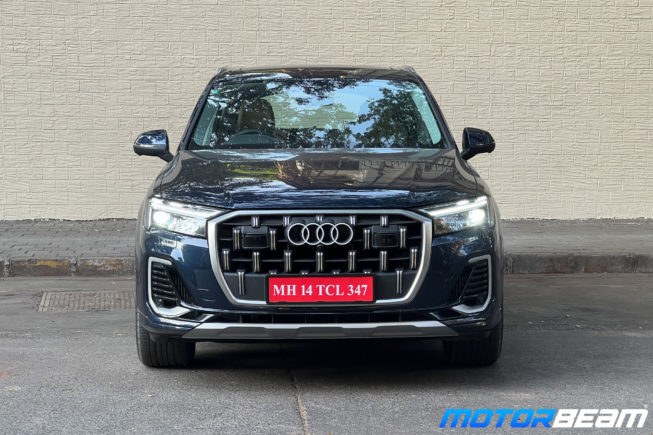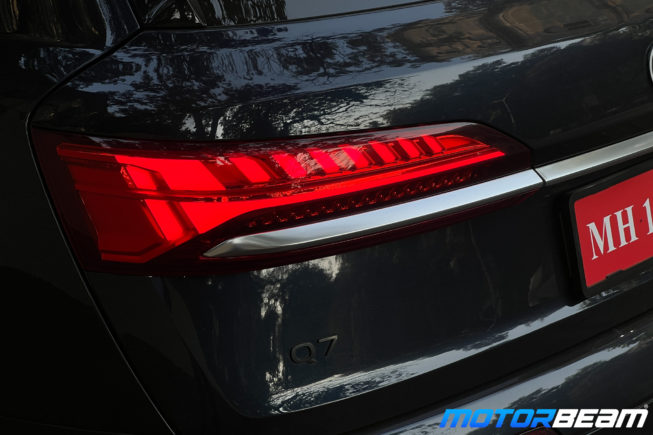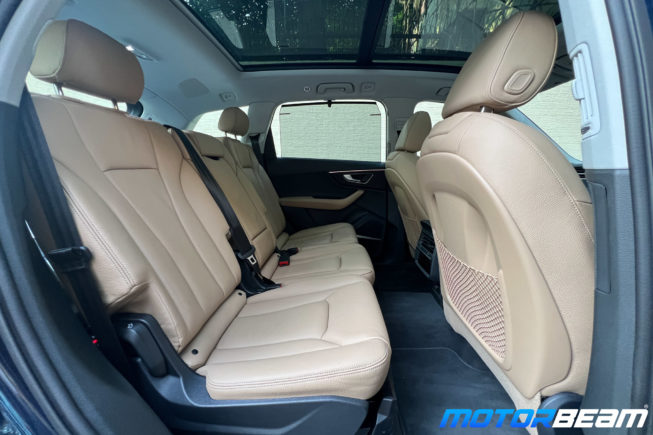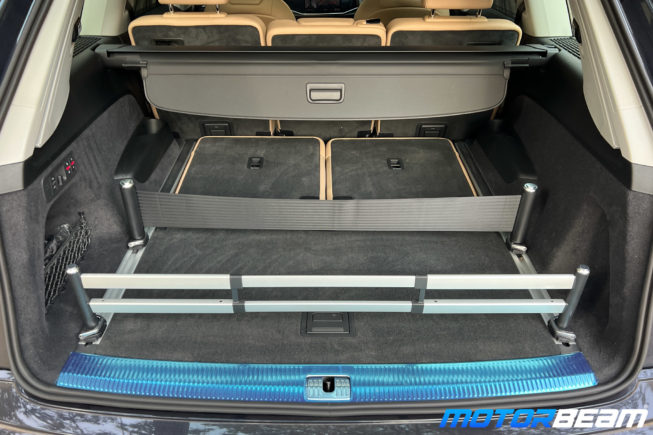The current generation of the Audi Q7 has been around for nearly ten years. Yes, that’s quite a long time since competitors’ products are already far ahead. To keep things moving, Audi is giving the Q7 another facelift (the first is for 2022), so let’s take a closer look at all the changes.






Visually, there are some modifications, but most styling elements are the same as before. The Q7 now features revised matrix LED headlights and a new grille with chrome inserts. The SUV also features a new front bumper with the same design theme as the Audi Q8. Apart from that, the rear bumper also gets some subtle changes with new exhaust tips and diffuser. The Q7 looks pretty good overall, but I think the wheels need to look better.

Inside, the changes will be hard to notice as Audi continues to use the same dashboard layout, similar to other Audis in the current model, while the new model, which will be launched in India starting in 2025, will have an all-new interior design. Audi upgraded the vehicle’s instrument cluster and even equipped the vehicle with lane change assist, but the heated seats have now been removed. In fact, basic features like wireless Apple CarPlay/Android Auto and ventilated seats have been omitted.






In addition, the Q7’s cabin feels indeed quite rich. There are two color schemes to choose from – beige and brown. The seats feel great and very supportive. The 19-speaker Bang & Olufsen sound system is also excellent, and the 10.1-inch touch screen is responsive. There are two other screens – 8.6 inches for climate control and 12.3 inches for the virtual cockpit. The second row also offers good space, but the third row is cramped. The third row of seats can be folded electrically via a button in the trunk, and speaking of that, the trunk space is very spacious.

What’s under the hood? The same 3.0-liter V6 petrol engine delivers 335 hp and 500 Nm of torque. This is a well-tuned engine, and I said the same thing a few months ago when I drove the facelifted Q8. It has creamy performance and a thirst for speed. Even now, the Q7 drives well, and because it doesn’t sit very high, there’s very little body roll. Body movements are well controlled and the vehicle is very composed. Of course, it doesn’t mean driving hard all the time, but more about comfort.

The petrol engine accelerates the Q7 from 0 to 100 km/h in just over 5.6 seconds, which is quick enough for a family car. The gearbox is also very smooth and the different driving modes such as Comfort, Dynamic, Individual, and Off-Road work well. Audi has tuned the Q7’s suspension very well, and the vehicle rides smoothly on bad roads. Steering feel is also quite precise. While there are no mechanical changes, Audi installed a 48V mild hybrid system in the Q7, which is basically an automatic start-stop feature that I turned off as soon as I started driving the car.

Does it make sense to buy an Audi Q7 in 2025? It’s a 10-year-old design that now looks a little dated and lacks a lot of features, but the vehicle feels solid and drives very well while also providing great comfort. Although the Q7’s direct competitors are the Mercedes-Benz GLS and BMW X7, the actual price of the Q7 is Rs. 35-40 lakhs less than these two cars (the rivals are much newer), which is why it is effectively in the same price category as the Mercedes GLE and BMW X5. The Q7 is now priced at Rs. 1.06-1.16 Crore (on road, Mumbai), I would say go for the lower version and you will be happy with the value proposition.

The post 2025 Audi Q7 facelift review appeared first on MotorBeam.
